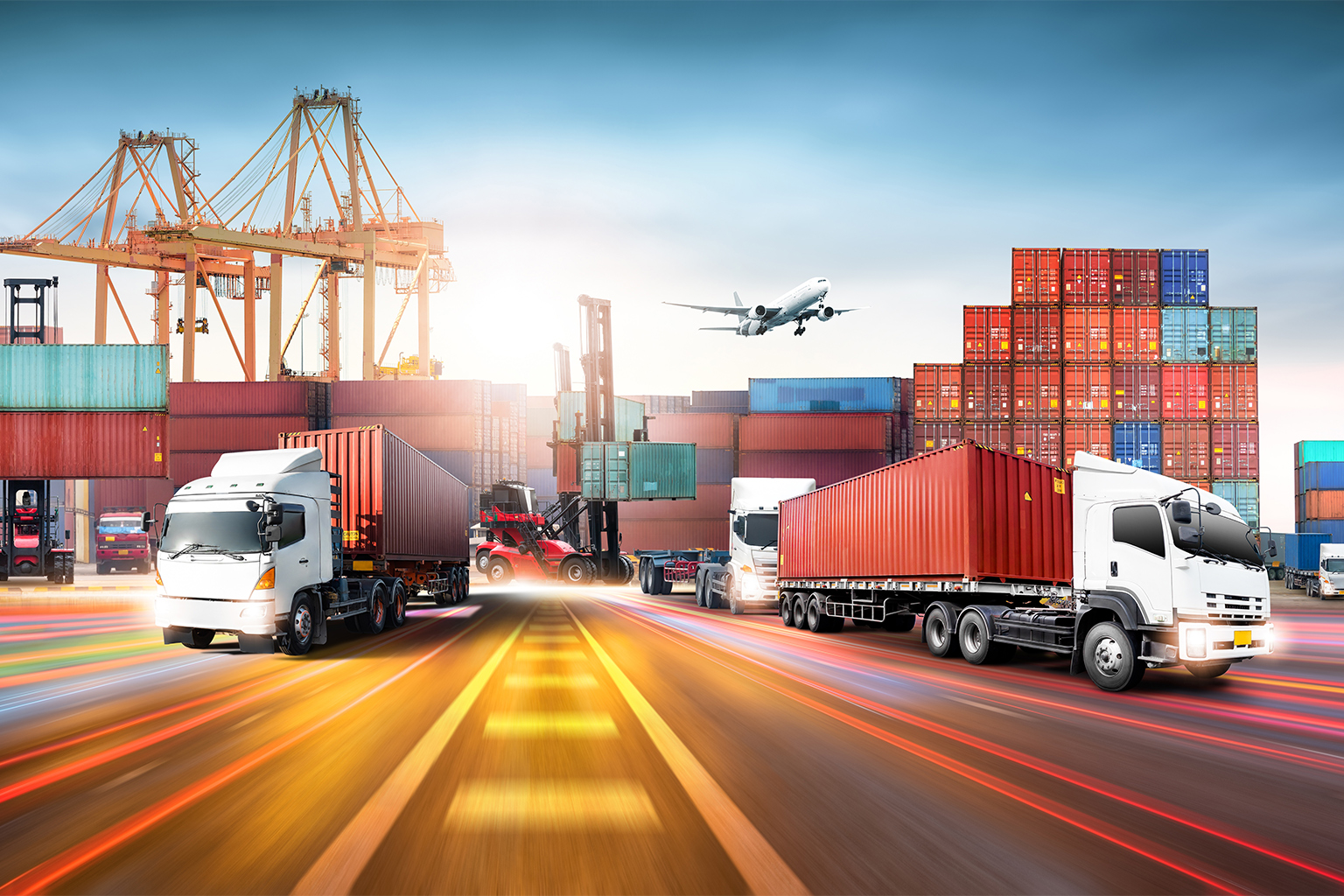Effective freight forwarding requires a deep grasp of cost drivers that affect regional shipping costs. As businesses rely on seamless logistics like consumers do on delivery apps philippines for fast shipment monitoring, cost considerations get more complicated. To preserve profitability and timely delivery, carriers, shippers, and consignees must consider many factors, from mode of transport to cross-border trade laws. Stakeholders can navigate the complex freight forwarding landscape and optimize supply chain investments by analyzing these factors.
Travel Mode Choice
Cost depends on road, rail, air, and marine freight. Ocean freight is cheaper for big shipments but takes longer. Air freight, which delivers quickly but costs more, is ideal for high-value or time-sensitive items. When containers travel over huge land masses, rail transport can be cheaper than air and faster than water. Road transport connects ports, warehouses, and final destinations, with fuel, tolls, and driver availability affecting costs. Shippers can choose the most cost-effective mode without negotiating service quality by assessing shipment urgency and budget.
Geographic Destinations and Routing

The distance between origin and destination impacts shipping costs. Remote or landlocked routes may incur higher handling fees due to infrastructural constraints requiring additional transfers and forms of conveyance. Terminals with congestion can apply congestion surcharges to reflect the time and resources airlines spend navigating blockages. Winter weather in northern latitudes can necessitate detours or slowdowns, causing carriers to adjust surcharges to limit risk. Due to increased traffic volumes and economies of scale, major hubs cut per-unit shipping costs, while niche trade lanes require specialized services that raise expenses.
Additional Services and Value-Added
Freight forwarding costs go beyond transport and handling. Warehousing, packaging, palletizing, and cargo insurance increase the ultimate bill. Climate-controlled or bonded warehouses cost more depending on location, duration, and security. Custom crates, foam inserts, and refrigerated containers increase logistical costs for fragile or perishable commodities. Insurance premiums depend on cargo value, coverage level, and route risk considerations. Real-time tracking and exception notifications on supply chain visibility platforms increase expenses but improve inventory management and dwell times, saving money. Operational control and money determine whether to use these extra services.
Freight forwarding expenses are a complex mix of factors that determine global shipping prices. Businesses can balance efficiency and fiscal responsibility by considering mode selection, shipment dimensions, regulatory compliance, routing difficulties, and supplemental services. Logistics professionals must adjust to cost swings and deliver value as technology changes consumer expectations, like delivery apps Philippines do parcel distribution. Understanding these complex drivers helps stakeholders make educated decisions and stay competitive in a changing global market.

